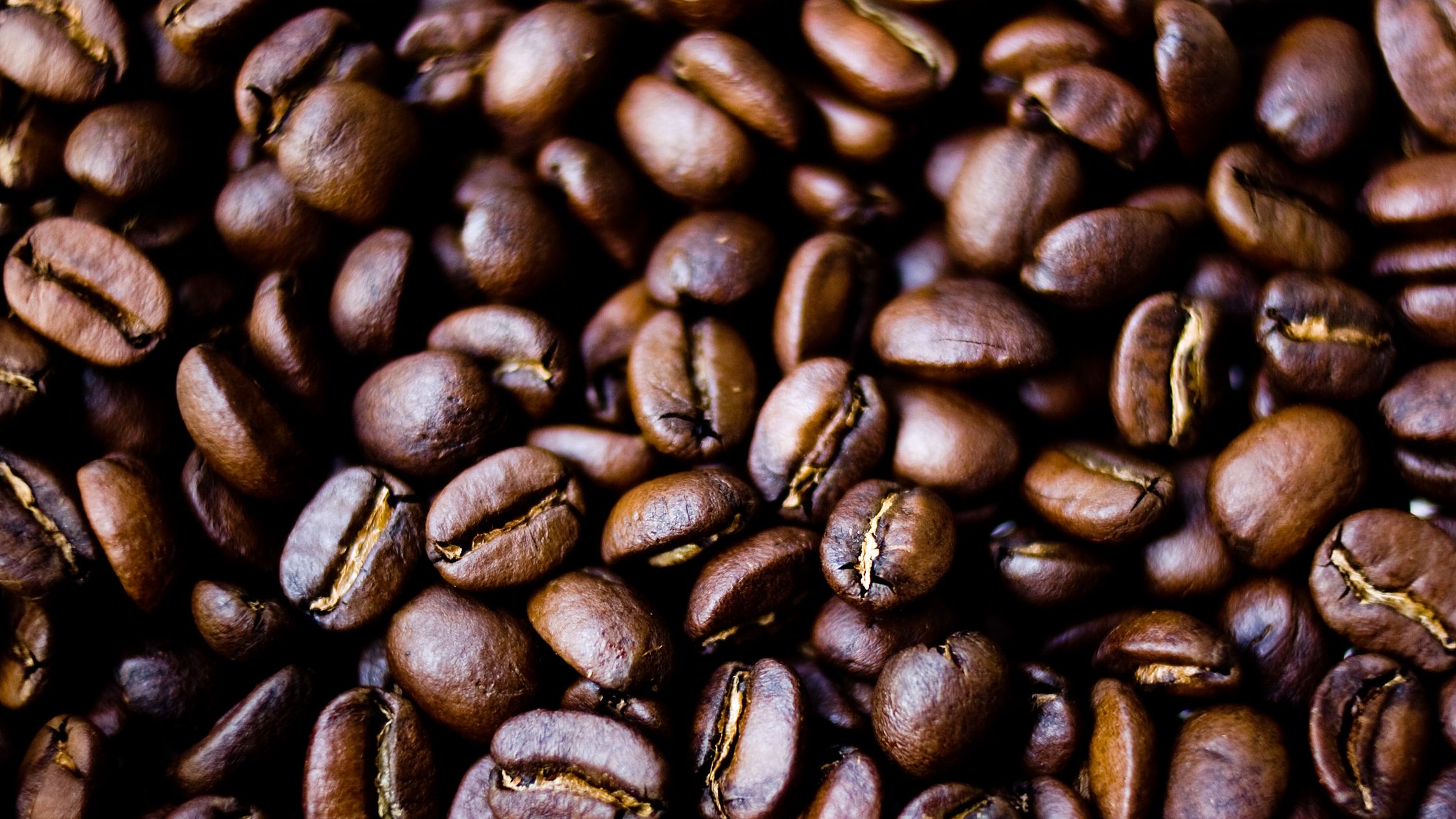- Beans: “Guatemala (Single Origin)” from Rise Up Coffee Roasters (Easton, MD)
- Roast level: Medium
- Origin: Guatemala (Asociación Chajulense, Quiché)
- Roast date: 7/1/24
- Purchase date: 7/30/24 at Green Valley Marketplace in Elkridge, MD
- French press (good but sludgy):
- 22g coffee / 300g water
- JX: 25 (75 clicks)
- Water about 20-30 seconds off boil
- Pour about 60g bloom water and stir; steep until 0:30; top up to 300g; stir several times; steep until 6:00 to 7:00; press slowly and pour immediately
- French press #2 (James Hoffmann method) (very good):
- 22g coffee / 300g water
- JX: 30 (90 clicks)
- Water right off boil
- Ceramic French press (preheating might be prudent in the winter, but I didn’t bother during this god-awful hot summer)
- Pour all 300g at once, being careful to wet all of the grounds; steep until 5:00; stir a couple times; spoon foam and clumpy grounds off top; insert plunger until it rests on top of the coffee; steep 5 more minutes; pour slowly
- V60 (not good):
- 21g to 22g coffee / 300g water
- JX: 15 (45 clicks)
- Water at 95°C
- Recipe: Single Cup V60 Pourover with size 1 dripper, preheated with insta-hot tap
- AeroPress (OK cup):
- 18g coffee / 250g water
- JX: 25 (75 clicks)
- Water at 90C
- Prismo with metal + paper filter
- Pour all 250g at once / stir 6x / steep until around 3:00 / stir 6x again / press slowly
I last bought these beans in April, and my notes from then suggest that I was getting inconsistent results with the V60. Today, I pre-ground 22g to take to work, with the intention of using my V60 there, but then I realized I had ground the beans coarser than I wanted (setting 25 vs 20). So, I decided to dust off the cheap plastic French press at the office. I’m not sure the bloom step was really necessary, as there was no visible bubbling or out-gassing from the grounds. The end result was a cup that was pretty good, with decent flavor and a hint of acidity, but a lot of sludge in the bottom of the mug. I’ve previously used grind setting 30 for all of my French press brews, so it may be that 25 is a little too fine. All the same, I suspect this was a better cup than I would have gotten with the same grind setting with the V60.
8/1: This morning, I brewed a cup with the ceramic size 1 V60 at grind setting 19. It drained through ridiculously fast, and the resulting cup had no body whatsoever. This afternoon, I tried setting 15, and it was much better, although it still drained relatively quickly — it was finished by 2:30. Interestingly, in my notes from April, I see that I tried setting 15 once, and it turned out bitter. This afternoon’s cup had no hint of bitterness at all. The main difference was that in April, I used a plastic size 2 V60. While my sample size is admittedly small, I’ve noticed that with everything else equal, the size 1 ceramic consistently drains faster than the size 2 plastic. Could be that these beans just need a fine grind and a fast drain-down. Of course, my next cup could prove me wrong and turn out unbearably bitter. It’s all part of the fun.
8/3: I’ve brewed several more V60 cups since 8/1, each with various tweaks to grind size and water temperature, none of them all that good. Giving up on V60 for now and sticking with immersion. Today, I decided to try James Hoffmann’s French press method, the basic steps of which I’ve listed above. The linked article has more detail. This definitely takes some time to brew, but it turned out really good, and as advertised, there was very little sludge in the cup. The opaque ceramic French press is not ideal for this method, as I couldn’t see exactly where the plunger was resting, and I also ended up with a little bit of liquid left over in the press after I thought I had poured all of it out. However, it worked well enough that I’m not going to run right out and buy a transparent French press. I think this will be a great alternative to the AeroPress on days when I have more time to brew coffee, and the French press also has a lot more brewing capacity than the AeroPress.
8/7: I have come to the conclusion that this is French press coffee, full stop. Everything I have brewed with either V60 or AeroPress has been mediocre (alternately bitter or vague/sour), and without exception, all of my French press cups have been excellent. The James Hoffmann method has been a winner with both the plastic and the ceramic French presses, and cups have been good at any ratio from 1:13.6 to 1:15 (20g to 22g grounds to 300g water).
8/8: I managed to brew a decent AeroPress cup this morning. Tried grind setting 30 with 85C water yesterday, and it tasted sour. Today, setting 25 with 90C water was better. It was not quite as good as it turns out in the French press, but a perfectly reasonable cup of coffee — not sour or bitter, and fairly balanced, if a tiny bit lacking in “personality”, for want of a better word.
